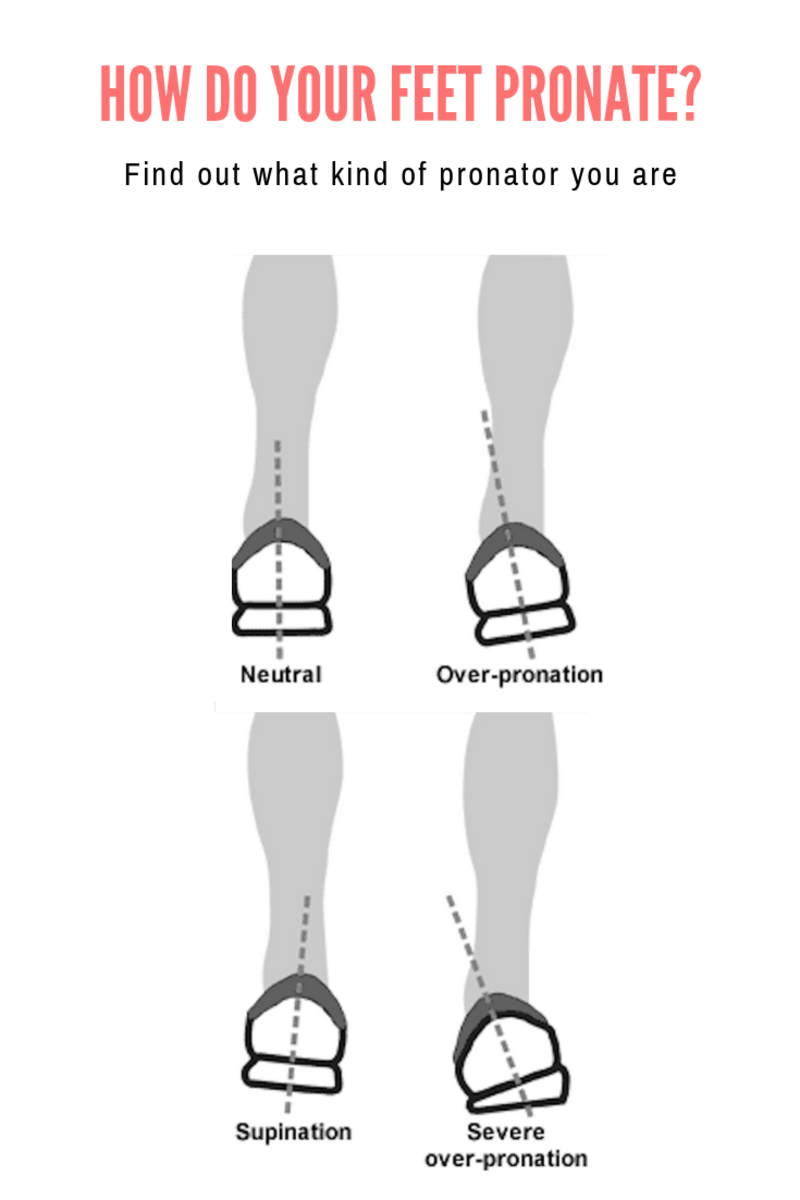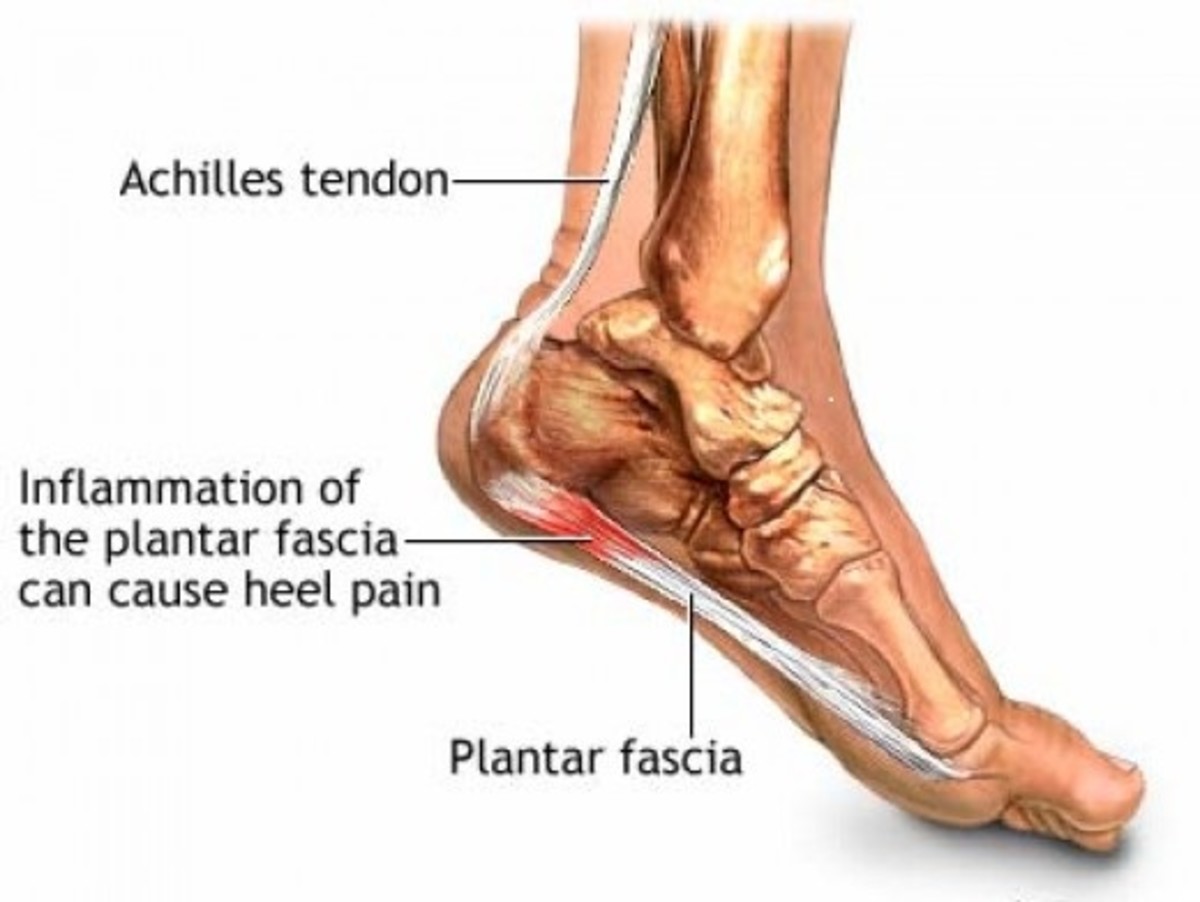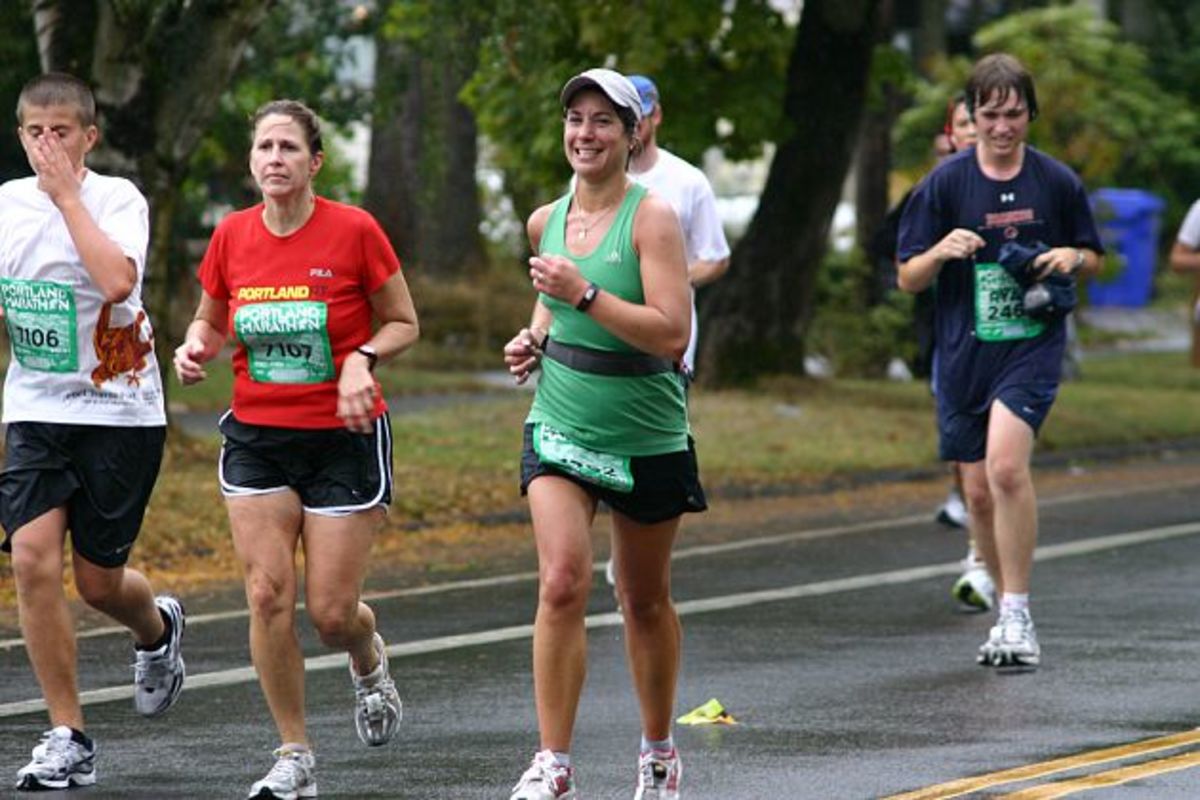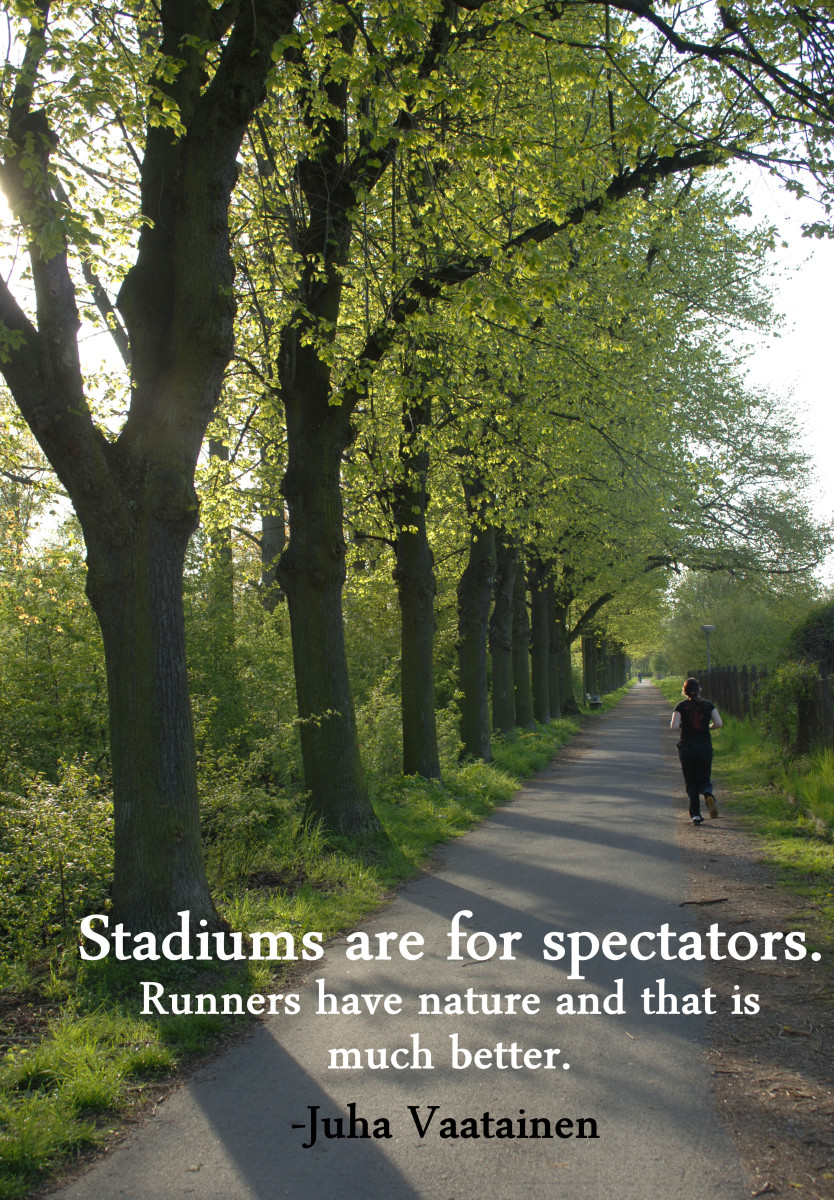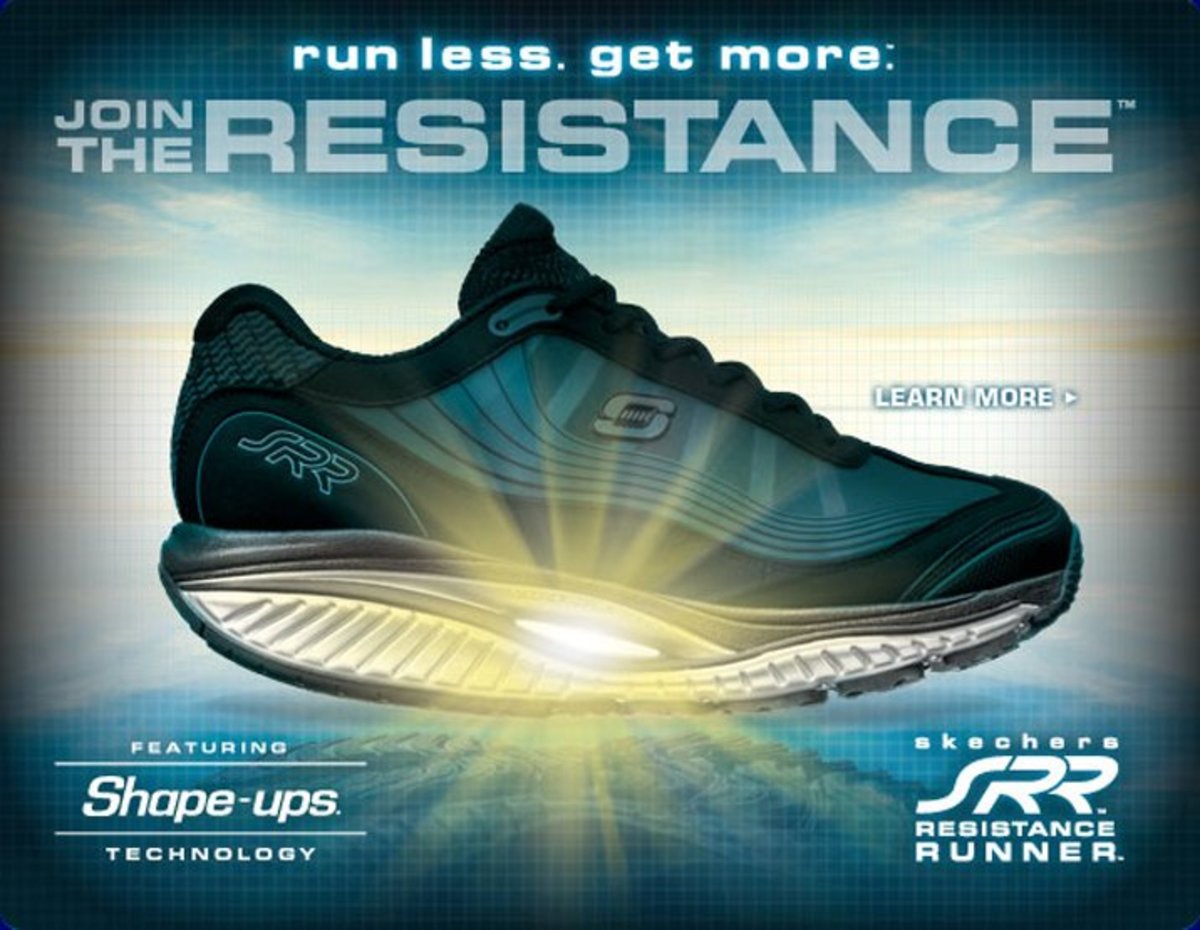How To Choose Running Shoes
How To Choose The Right Pair Of Running Shoes
Have you ever decided to get some exercise by running or jogging? Everyday numerous people are taking to the streets to get in shape. Let’s face the facts here ladies and gentlemen; no exercise will get you into better shape than running. The simple reason for this is the cardio vascular work-out you get from running is better than any other exercise you could do. But if you have the wrong type of shoes your running can suffer, you can also become injured by the wrong shoes. Have you ever experienced knee, hip, or heel pain after a run? One of the most common pains associated with running is the above mentioned as well as shin splints.
Choosing the right pair of running shoes can sometimes be a daunting task. Where to start and what to look for are often overlooked. There are two basic things you need to learn before you even step foot in a store. The first is what type of foot do you have, and the next thing to look for is quality of the shoe. Taking these two things into account will definitely make your shopping much easier.
Hubchallenge number 1

What type of foot do you have?
If you don’t know what type of foot you have the first thing you should do is perform a foot type test on yourself. To do this test:
Get your feet wet by spraying them with some water. You don’t want your feet to be soaked just damp.
With your feet damp, step onto a concrete floor or a piece of plywood then step off.
The imprint left by your foot will look like one of the following.
Type A will leave an imprint showing the toes, heel, and a small portion of the side of the foot. This is a high arch.
Type B will leave an imprint that shows the toes, heel, and a majority of the side of the foot. This is a normal arch.
Type C will leave an imprint that shows the toes, heel, and sole of the foot. This is a flat arch foot.
Foot type A is known as a “rigid” foot. This type of foot is a high arch foot, and finding shoes for this particular type of foot is a great challenge. I for one have a high arch and have spent two days shopping for a good shoe. I also went to twenty different stores looking for a good shoe. I run a lot so I need a good comfortable shoe that will prevent injury. A person with a rigid foot are very tight jointed and don’t yield when their foot hits the ground. So they need a shoe that cushions the impact.
Foot type B is known as a normal arch foot. The normal arch foot falls right in between a mobile and a rigid foot. The best shoe for this type of foot is one that is for stability. It must also be properly cushioned. When running a person with a normal arch their foot will conform to the ground. In my search for a shoe that was right for me I ran into this shoe almost every time I picked one up. The shoes will normally announce its type by a label on the shoe.
Foot type C is known as flat feet. Flat feet people have floppy or loose-jointed feet that roll in excessively towards the body as it bears weight. The correct type of shoe for flat feet people are ones that are control type shoes. These shoes are built to control the motion of the foot.
What to Look For When Shopping for Shoes.
Type A people need to be very attentive while shoe shopping. You will want to look for shoes that have a tag or label on it that states it is a cushioning shoe. When you pull up the insole the stitching should be straight down the middle, if it is around the outside move on to the next shoe. Also when trying on the shoe, you want to make sure that the arch in your foot is less than a finger width from the arch support in the shoe. Another way to tell a shoe is a cushion type shoe is by the heel. The heel in a cushion shoe is denser at the midsole for impact control.
Type B people are the majority of runners out there so shopping for a good running shoe is easier for you. You want to find a shoe that has a stability label on it. The seams of a stability type shoe are around the outer edge of the insole. Once again you will also want to ensure that your arch of your foot is less than a finger width from the arch support in the shoe.
Type C feet are flat and need shoes that control the motion of the foot while running. These shoes also have the insole seams running along the outer edge. You are going to want to choose a shoe that has good arch support, maximum foot support, and an external heel counter. These shoes also have a denser midsole material.
What Qualities to Look For While Shopping
When you head to the store be prepared to spend anywhere for $30.00 to $100.00 for a good pair of shoes. The little extra amount of money now will be well worth injury avoidance later. Professional shoe salespersons should be knowledgeable about foot types, foot problems, and shoe needs so feel free to seek advice from them. The best brands of running shoe out there are New Balance, and Nike to name just a couple. If you know of a quality shoe brand and they make a running shoe with the qualities I mentioned above then by all means, go with that. You should buy a training shoe not a racing shoe, yes they are different.
If you are shopping for running shoes, wear your old pair to the store. The socks you have on with your old running shoes are the ones you want to try on the new ones with. A lot of people only try on one of the shoes, I say try both shoes on. Walk around; the thing to remember is that you should not have to “break in” a pair of running shoes. They should already be ready to run in.
Close inspection of the shoe will tell you of the quality. You want to look for loose threads, extra glue, check the seams for rough stitches. Hold the shoe in your hands; you should not be able to bend it all the way in half. Of course, if you apply enough strength you can but, you are only testing for the durability of the sole. If it bends too easily then you most likely have a bad shoe. When bending the shoe the toe section should be the only part of the shoe bending.
Choosing a correct pair of running shoes can prevent you from suffering from running related injuries. The most common injuries are caused by improper foot wear. They are: Impact injuries, shin splints, stress fractures, knee pain, hip pain, heel pain, ankle sprains, arch pain, and instability injuries. However, a shoes ability to protect you from injury decreases as the shoe wears out. By keeping track of the miles you run on the shoes you can negate injuries from worn out shoes. A good rule of thumb to go by is every 500 – 700 miles change out your running shoes.
References: Army FM 21-20
copyright 2009 by Wesley Cox

